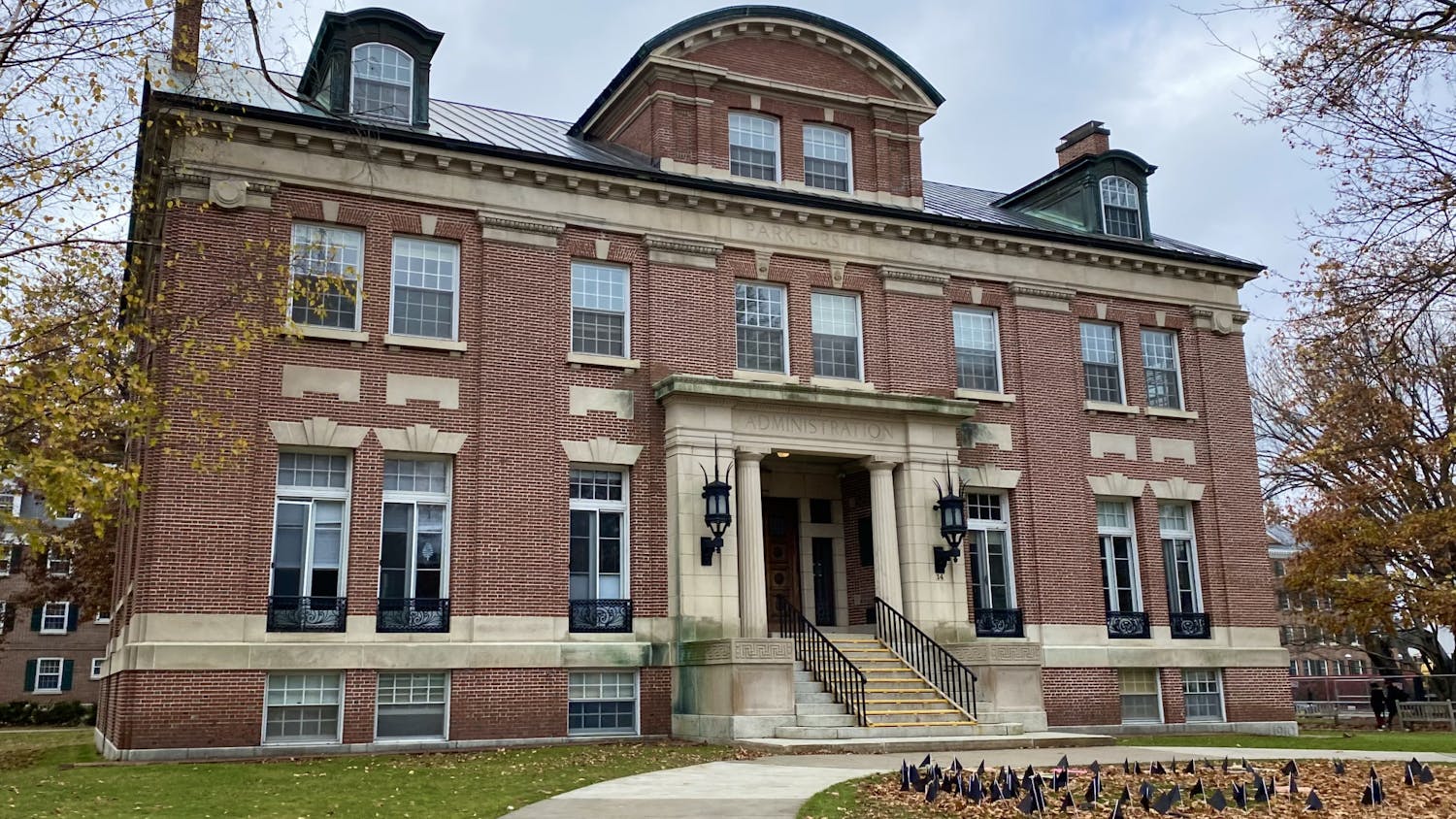When the pandemic hit, economics professor Doug Staiger began to study the effects of remote and hybrid learning on students in grades three through eight. The report, published by Harvard’s Center for Education Policy Research and co-authored by Dan Goldhaber, Thomas Kane, Andrew McEachin, Emily Morton and Tyler Patterson, found that remote and hybrid learning stifle academic progress. The Dartmouth sat down with Staiger to discuss his findings — the degree of academic stagnation, impacts on high poverty communities, potential solutions and possible implications for Dartmouth students.
You recently co-authored a report on the effects of remote and hybrid learning. What were the results of your study?
DS: The main finding was when you look at achievement tests, kids seem to have made much less progress than they would have in a typical year during the pandemic. That wasn’t surprising. The most interesting part was also showing that schools that went more remote during the pandemic year were further behind. And that was especially true in high-poverty schools. If you looked at schools that were entirely in person [the 2020-2021 school year], they all made less progress than in a typical year. The gap didn’t necessarily widen between high poverty and low poverty schools, or between white and Hispanic students, or white and Black students. But when you look at the high poverty schools that went remote, all those gaps widened because it was a double whammy — not only were they more likely to go remote, but when they went remote, it had a much bigger impact on limiting how much they learned over that year.
Why did remote and hybrid learning have such a disproportionate impact on low-income communities?
DS: There are two possible stories you could tell here. One is very much that the families that were high-poverty and more disadvantaged had a harder time maintaining learning, especially in a remote setting for a variety of reasons. But that’s not what our evidence suggested because the gaps within the school — Black and white and Hispanic kids who go to the same school — didn’t widen. What happened was the schools that poor kids, Black kids, Hispanic kids went to did much worse during the pandemic when they were remote. Those schools systematically were less able to adapt to the pandemic and to remote learning. And you can imagine a number of reasons for that — some just [relating to] basic resources at the schools. But also the school has to handle the student population as a whole, and when a large share of your population is in disadvantaged households, doesn’t have internet, and is facing all kinds of other struggles, nobody in that school will learn as much.
How did you quantify the effects of remote and hybrid learning on academic progress?
DS: We were using this fantastic data from NWEA [Northwest Evaluation Alliance] . We had over two million kids, in 49 of the 50 states, from 10,000 schools. The NWEA is a test that schools use to see how kids are doing throughout the year. It’s scored in a way where you can actually see the progress. NWEA has calculated how much a student learns in the typical week of instruction. We were able to use that information and use all the test data from the two years before the pandemic, 2017 to 2019, to basically figure out, ‘Okay, how much would people have typically learned?’ Our instruments showed that, on average, students were about 12 weeks behind. In the high-poverty schools that were remote, they’re about 20 weeks behind — more than half a school year behind.
How can — and how should — school districts make up for the delays in academic progress?
DS: There aren’t many interventions that will move kids ahead an additional 20 weeks. One intervention that has been found to be very effective, particularly in high poverty schools, is high dose tutoring — an hour a session, three sessions a week all year in each subject. Now for high poverty schools that were remote and that are roughly 20 weeks behind, that means every student has to have high dose tutoring, in at least math and reading. That turns out to be quite a challenge, both financially but also logistically.
Another possibility is extending the school year. It’s expensive. You’re going to have to pay teachers. But the good thing about that solution is if you can work with your teachers to do this, you have the staff, the building, the curriculum. In principle, that’s logistically easier. You can imagine politically it’s quite difficult.
Do any of your findings extend to remote learning for students at Dartmouth, or to higher education in general?
DS: I don’t know yet. The question would be, ‘how would you measure it?’ We can look at your earnings, but we have to wait a while for that. And, if earnings are affected, we aren’t sure that’s [due to] learning, as opposed to mental health. But you could imagine a study that looked at variation at the college level in terms of how remote they went. In theory, we could use that variation to see if it affects life outcomes 10 years after graduation. I already am thinking, ‘Okay, in 10 years, it’ll be the paper I’ll have students write.’
You’re speaking to the New York Association of School Boards in Albany in August to present your findings. What are some of your other next steps with this research?
DS: Part of the mission of [the Center for Education Policy Research at Harvard] is not to just admire the problem but to do something about it. So we’re definitely doing outreach wherever we can. We wrote a Vox article last week and an article in the Atlantic. The goal at [the meeting in Albany] is to help people understand the magnitude and that they’ve really got to do something here with some of these concrete options. We’ve been trying to get other parties to just come together and agree and focus and to actually build momentum. It’s not like the usual case where you might be trying to get funding. The funding is potentially there. It’s more trying to build the political will and awareness of the problem, so districts will all want to take action on this.
This interview has been edited and condensed for clarity and length.




